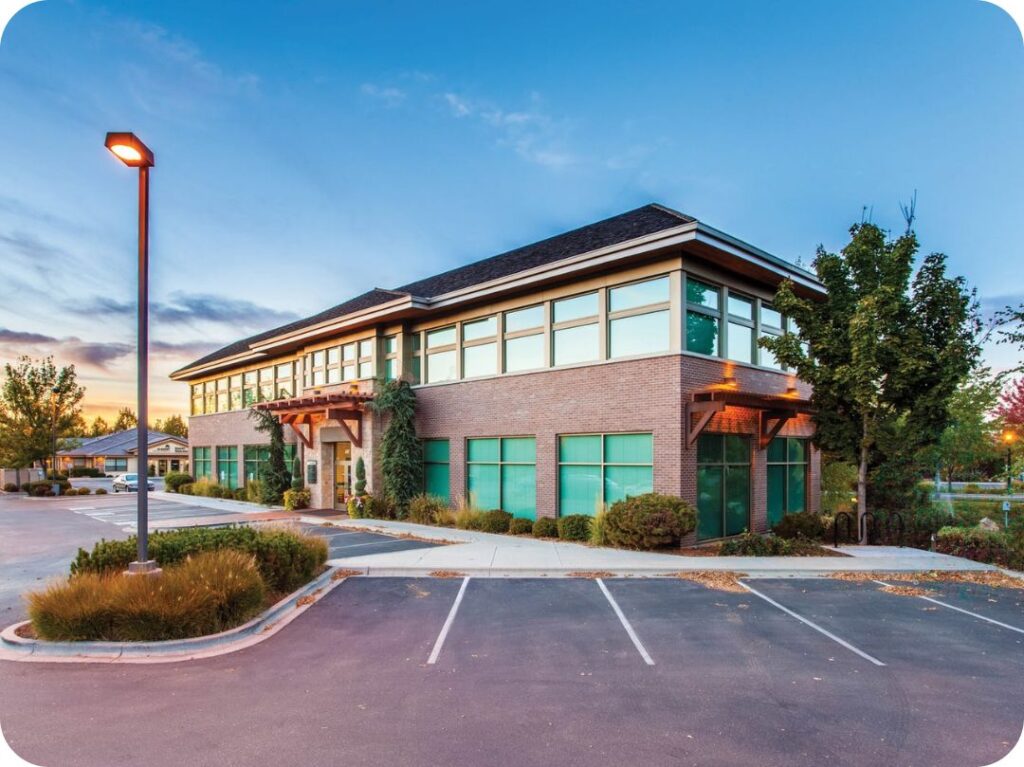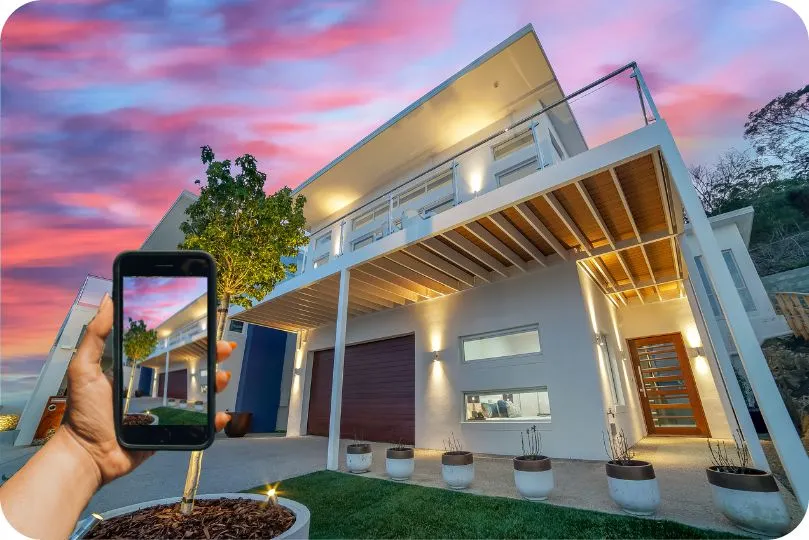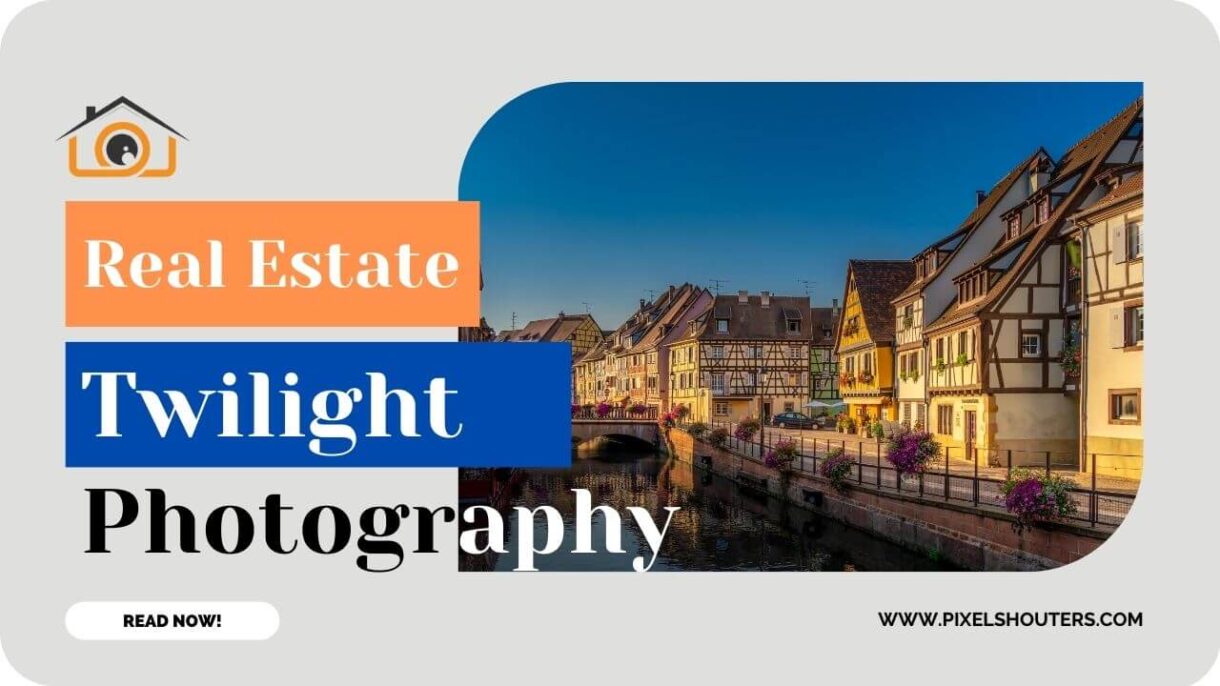9 Real Estate Twilight Photography Mistakes to Avoid
real estate twilight photography has gained immense popularity in the real estate industry as it beautifully captures the essence of a property during the magical twilight hours, making it more appealing to potential buyers. The soft, natural lighting and vibrant colors of the sky create a captivating atmosphere that can significantly enhance the visual appeal of a property. However, to achieve stunning twilight shots, it is crucial to avoid common mistakes that photographers often make. In this blog, we will highlight 10 real estate twilight photography mistakes and provide valuable tips to help you capture breathtaking images during this unique time of day.
Table of Contents
I. Poor Planning and Timing
One of the largest mistakes in Real Estate twilight photography isn’t properly planning and timing the shoot. The excellence of Real Estate twilight images is relatively dependent on the precise time and date selected for the shoot. It’s vital to research and determines the proper timing for taking pictures during the twilight hours whilst the sky displays a lovely mix of colors.
To keep away from this error, plan ahead by checking the sunset time and the expected climate situations for the shoot day. Use diverse online gear or smartphone apps that offer accurate sunset times. Additionally, recall factors along with the orientation of the property and the route of the sundown to devise high-quality shooting angles.
II. Insufficient Equipment Preparation

To capture superb twilight photos, it is important to have the proper system prepared and in top-of-the-line circumstances. Inadequate equipment training can result in numerous problems, together with blurry photos, inadequate light capture, or neglected opportunities.
Ensure you have got the following gadget equipped:
- A DSLR or mirrorless camera with manual settings for full control.
- Wide-attitude lenses to capture a broader view of the belongings.
- A robust tripod to maintain the digicam strong at some stage in long exposure shots.
- Remote shutter release or timer to limit camera shake.
Before the shoot, take a look at your equipment to make certain the entirety is functioning efficiently. Clean your lenses and make certain your Digicam batteries are fully charged. Additionally, deliver extra memory cards and a flashlight for any unexpected situations.
III. Inadequate Understanding of Lighting
Lighting plays a crucial role in real estate twilight photography. Understanding different types of lighting during twilight and how to work with them is essential to capture stunning images.
During twilight, you will encounter three primary lighting scenarios:
- Natural light: The remaining ambient light from the sun, which gradually diminishes during the twilight hours.
- Artificial light: The lights from buildings, street lamps, or other nearby sources create a warm glow.
- Balanced light: The ideal combination of natural and artificial light that offers a visually pleasing balance.
To avoid inadequate lighting, learn to identify and manipulate different light sources effectively. Experiment with exposure settings to achieve the desired balance between ambient and artificial light. Pay attention to the color temperature and adjust white balance settings accordingly to maintain accurate color representation.
IV. Overexposure or Underexposure

One common mistake in real estate twilight photography is improper exposure, resulting in overexposed or underexposed images. Achieving the right exposure is crucial for capturing the subtle nuances of the twilight sky and maintaining the details in the property.
To avoid overexposure, which leads to washed-out highlights, use the histogram on your camera to ensure the image is well-distributed across the tonal range. If the highlights are too bright, adjust the exposure compensation to reduce the brightness.
Similarly, underexposure can result in dark shadows and loss of details. Use the camera’s metering modes effectively to properly expose the scene. Evaluative or matrix metering is generally recommended, as it takes into account the overall scene and provides a balanced exposure.
Experiment with different exposure settings and bracketing techniques to capture a range of exposures. This will allow you to merge multiple images during post-processing to create a well-exposed and balanced final image.
V. Lack of Composition and Framing
Composition and framing are essential elements in real estate twilight photography. A well-composed shot can greatly enhance the visual impact of a twilight image and draw viewers’ attention to key features of the property.
Avoid common composition mistakes such as placing the horizon line too centrally, which can make the image appear static. Instead, use the rule of thirds and position key elements of the property along the gridlines or at their intersections to create a more visually appealing composition. Consider the foreground and background elements to add depth and interest to the shot. Utilize leading lines, such as paths or architectural features, to guide the viewer’s eye through the frame. Pay attention to vertical lines and avoid converging lines, especially when photographing buildings.
VI. Neglecting the Property’s Exterior
When capturing twilight photos, it’s crucial not to neglect the exterior of the property. Twilight provides an opportunity to showcase the property’s curb appeal and highlight its architectural features.
To avoid neglecting the property’s exterior, explore different angles and perspectives to capture the full essence of the property. Consider shooting from a distance to include the surrounding landscape or capture the property from an elevated position to emphasize its grandeur. Pay attention to the property’s lighting. Ensure that exterior lights are turned on to create an inviting ambiance and emphasize architectural details. However, be cautious of overexposing the lights, as it can result in distracting and unrealistic images.
VII. Ignoring Post-Processing
Post-processing plays a significant role in enhancing twilight photos. Neglecting post-processing or not using it effectively can prevent you from achieving the full potential of your twilight shots.
To avoid this mistake, invest time in learning post-processing techniques specific to real estate twilight photography. Adjustments to contrast, saturation, and color balance can help bring out the vibrant colors of the twilight sky and enhance the overall mood of the image. To edit your photos, use programmes like Adobe Lightroom or Photoshop. Experiment with various filters and presets to achieve the desired look and feel. However, be careful not to over process the images, as it can lead to unnatural and unrealistic results.
VIII. Failing to Capture the Ambiance
real estate twilight photography offers a unique opportunity to capture the ambiance and mood of a property. Failing to convey this atmosphere in your images can result in dull and lifeless shots. To avoid this mistake, pay attention to the overall ambiance during the twilight hours. Incorporate elements such as outdoor seating areas, fire pits, or softly lit pathways to create a sense of warmth and relaxation.
Utilize the warm, soft lighting during twilight to emphasize cozy indoor spaces. Turn on interior lights strategically to create an inviting glow and showcase the property’s interior atmosphere. Consider capturing human elements, such as people enjoying the outdoor spaces or silhouettes against the twilight sky. These elements add a sense of scale and help viewers imagine themselves in the property.

IX. Disregarding Safety Precautions
During real estate twilight photography sessions, it’s important to prioritize safety. Failing to take proper safety precautions can lead to accidents or unwanted incidents. Ensure you have permission to access the property during twilight hours. Communicate with the property owner or real estate agent to schedule the shoot and coordinate access.
When shooting in low-light conditions, carry a flashlight to navigate the property safely. Be aware of any potential hazards or uneven surfaces and take necessary precautions to avoid accidents. If shooting in unfamiliar or isolated locations, it’s advisable to bring a companion for additional safety. Stay aware of your surroundings and trust your instincts if you encounter any suspicious or unsafe situations.
Conclusion
By avoiding these 10 common mistakes in real estate twilight photography, you can significantly improve the quality of your twilight shots. Proper planning, equipment preparation, understanding of lighting, and attention to composition and post-processing techniques will help you capture stunning images that effectively showcase the property’s allure during the magical twilight hours. Remember to prioritize safety during the shoots to ensure a smooth and secure photography session. With these tips in mind, you can elevate your real estate twilight photography skills and create captivating visuals that impress potential buyers, and elevate your real estate photography portfolio.
